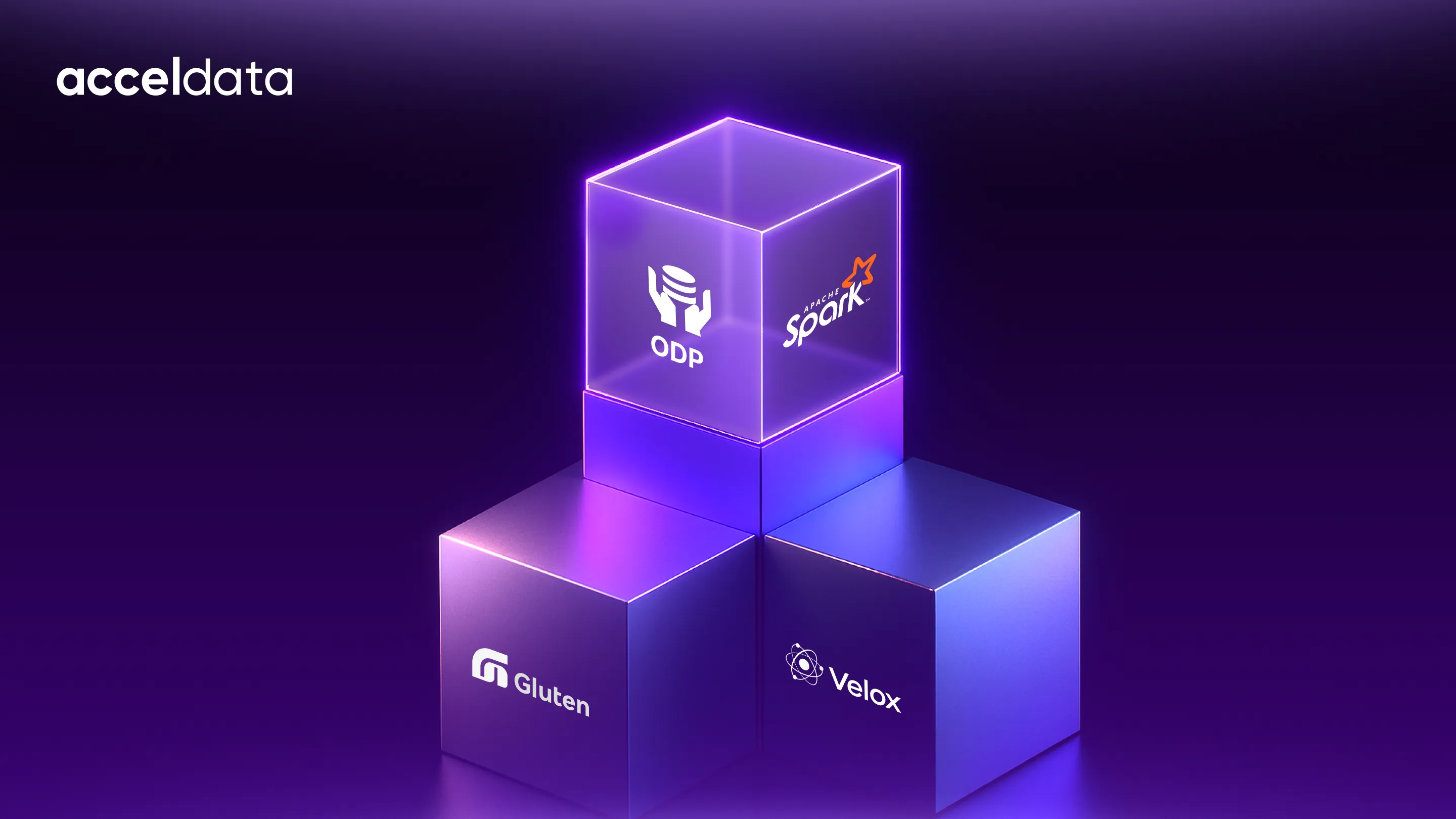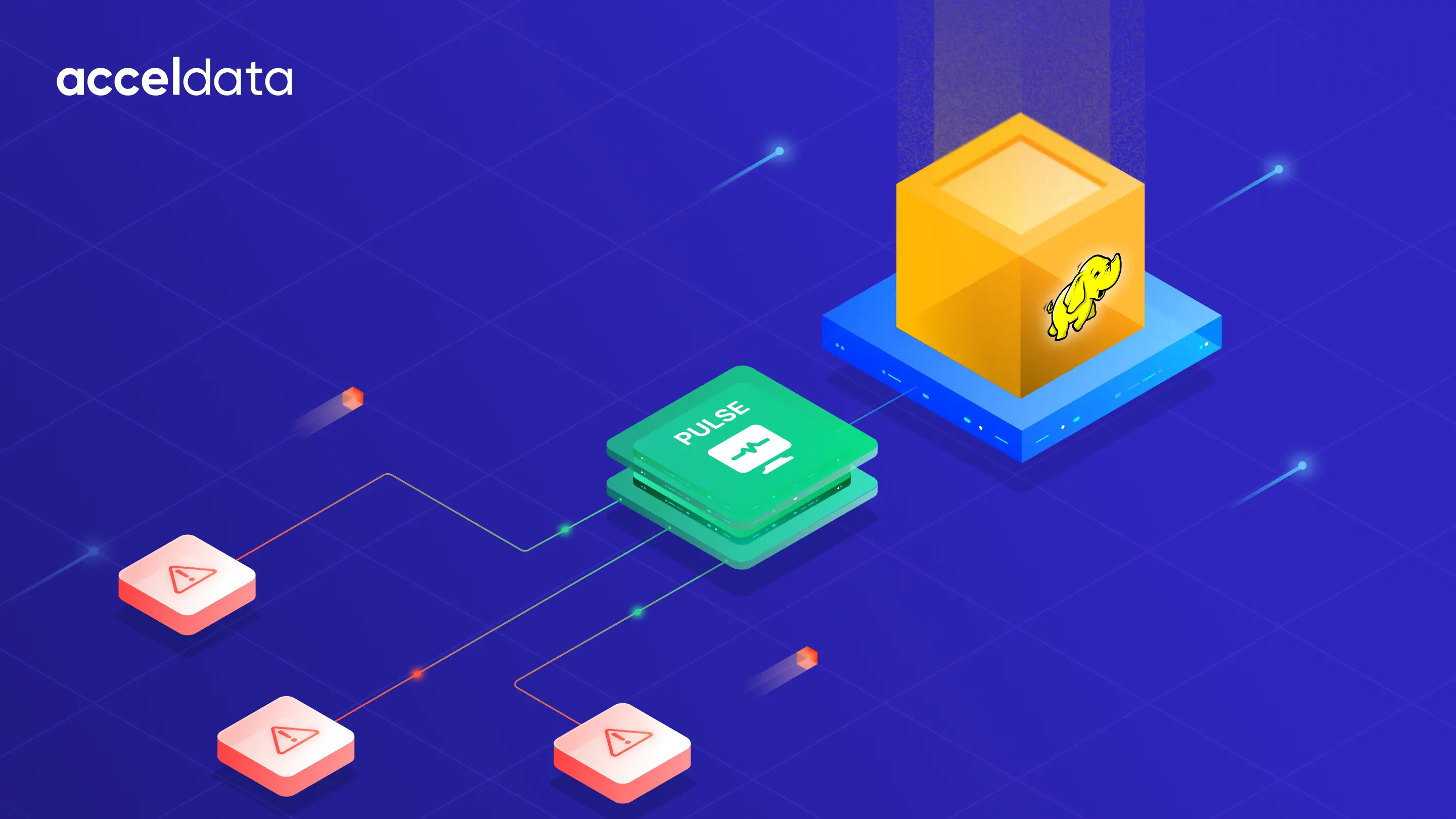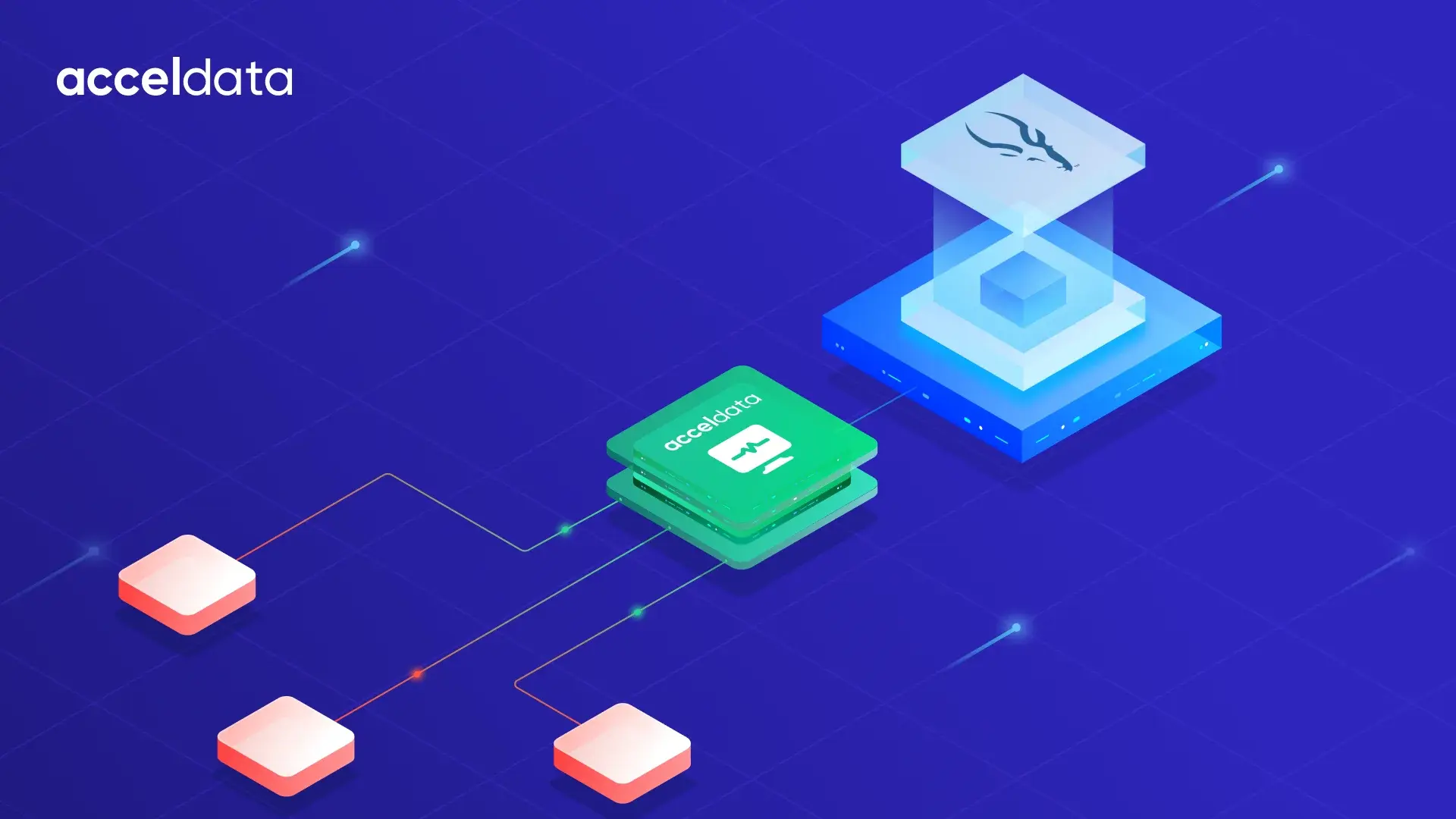Enterprises today juggle data across multiple platforms, cloud services, and older legacy systems. This creates a tangled ecosystem where even small issues can overwhelm teams. Managing enterprise data is no longer just difficult—it’s nearly impossible without help.
According to a 2023 Capgemini study, most enterprises simultaneously manage data across five or more platforms. The complexity only increases as organizations add cloud services, edge computing, and maintain legacy systems. For data teams, this feels like conducting an orchestra where each musician follows a different score and sometimes switches instruments mid-performance. The result is fragmented systems that have outpaced the human capacity to manage them manually.
AI agents are changing this story. Unlike traditional automation, they don’t just follow fixed rules. They sense problems, make decisions, and learn from experience. This represents a fundamental shift in how enterprises approach data challenges.
In this guide, we’ll explore what AI agents are, how they work, where they’re being applied, and why they’re redefining data management for modern enterprises.
What Are AI Agents in Data Management?
An AI agent is software that can perform tasks on its own. It perceives its environment, makes decisions, and takes actions to reach specific goals.
Unlike standard automation tools, AI agents adapt to changing conditions and learn from outcomes. Traditional applications run on fixed instructions. AI agents, by contrast, decide what to do based on context, making them far more flexible and intelligent.
Types of AI Agents Explained (From Simple Rules to Learning Systems)
Managing modern data architecture isn’t a one-size-fits-all problem. Different operational challenges call for various types of agents, each with its own way of processing information, making decisions, and improving over time.
The table below breaks down the primary types of AI agents, indicating what they do, where they fit, and how they scale with system complexity.
Research from Stanford’s AI Lab shows that adaptive agents thrive in complex data environments where conditions shift often. Their ability to learn makes them powerful in modern enterprises.
Why AI Agents Are Different from Traditional Automation
It’s easy to confuse AI agents with automation, but they’re not the same:
- Automation tools follow fixed rules and stop working when conditions change.
- AI agents adapt to new situations, understand context, and learn from experience.
For example, automation might send an alert every time a pipeline fails. An AI agent, however, would explain why it failed, estimate its business impact, and suggest or even carry out a fix.
👉 In short: automation reacts, but AI agents adapt and improve.
Key Components of AI Agents in Data Management
AI agents are built on four key parts that work together:
- Perception mechanisms – The “eyes and ears” of the agent. They collect signals from logs, metrics, and monitoring tools. For example, they can spot delays in pipelines or errors in records.
- Decision frameworks – The “brain” of the agent. They process the signals and decide what action to take. This could be a simple rule or a more advanced analysis that weighs different options.
- Action capabilities – The “hands” of the agent. They carry out tasks, such as sending alerts, rerouting workloads, or fixing simple errors. What they can do is usually guided by company policies.
- Learning modules – The “memory” of the agent. They keep track of what worked, what didn’t, and improve responses for next time.
👉 Together, these parts form a loop: sense → decide → act → learn → improve.
Every effective AI agent in data management is built on four functional layers. These components handle everything from tracking system behavior to deciding what action to take and learning from the outcome. Together, they form the operational core that gives agents intelligence and adaptability.
Practical Use Cases of AI Agents Across Industries
AI agents are already being used in different sectors to solve real problems:
- Financial Services – Banks use AI agents to check regulatory reports before submission. Agents find inconsistencies early, helping avoid fines and saving teams hours of manual checks.
- Healthcare – Hospitals rely on agents to keep patient records consistent across systems. This prevents billing errors and improves patient care.
- Manufacturing – Agents track inventory data from suppliers, production systems, and warehouses. They spot problems early, ensuring production isn’t delayed.
- Retail – Retailers use agents to improve demand forecasting. Agents analyze sales and supplier data to keep shelves stocked without over-ordering.
How AI Agents Improve Data Operations and Efficiency
AI agents transform data operations in three critical ways, delivering capabilities that traditional approaches cannot match.
Steps to Build and Deploy AI Agents for Data Management
Getting started with AI agents doesn’t have to be overwhelming. A phased approach works best:
- Define objectives – Pick one clear problem to solve, like data quality or pipeline reliability.
- Choose the right type of agent – Use simple agents for alerts, more advanced ones for dynamic environments.
- Build basic capabilities first – Start with monitoring and alerts. Then add diagnostics, fixes, and learning features step by step.
- Set governance rules – Decide what agents can do on their own and what requires human approval. For example, agents might fix formatting issues automatically but need sign-off for merging records.
- Expand gradually – Once agents work well in one area, roll them out to more teams and systems.
👉 This way, trust grows as agents prove their value.
Common Challenges in AI Agents Implementation
Implementing AI agents isn't without obstacles. Organizations must navigate these four critical challenges to achieve successful outcomes:
Real-World Examples of Agentic Data Management
- PwC – Uses AI agents to make financial reporting faster and more reliable. The agents follow strict governance rules to ensure compliance, speeding up reporting cycles and reducing errors.
- BNY Mellon – Uses agents to review contracts. Agents detect non-standard clauses and highlight risks, saving time and reducing errors in legal and compliance processes.
👉 These examples show how agents bring both efficiency and trust to complex industries.
Future Trends: What’s Next for AI Agents in Data Management
AI agents are advancing quickly. Here’s what’s coming next:
- Smarter reasoning – New methods like ReAct (reason + act step by step) and ReWOO (plan actions upfront) will allow agents to make better decisions faster.
- Agent teams – Specialized agents will work together, just like departments in a company. For example, one agent might monitor compliance while another focuses on performance.
- Human + agent collaboration – The future is about teamwork. Agents will handle repetitive tasks while humans focus on strategy and judgment. Research from MIT's Computer Science and Artificial Intelligence Laboratory suggests that human-agent teams can achieve better outcomes than working independently.
How Acceldata’s Platform Enables Agentic Data Management
Acceldata’s Agentic Data Management platform helps enterprises bring AI agents into their data operations safely and effectively. It provides three key strengths:
- xLake Reasoning Engine – The core intelligence that lets agents understand context and prioritize actions.
- Customizable Agent Studio – A flexible space to design agents for specific needs, such as compliance, anomaly detection, or resource optimization.
- Multi-environment support – Works seamlessly across cloud, on-prem, and hybrid environments, ensuring no system is left behind.
👉 With built-in governance and audit trails, Acceldata ensures AI agents act responsibly while delivering real business value.
From Data Chaos to Intelligent Control
Data complexity is now the norm, and traditional tools can’t keep up. Enterprises need more than alerts and dashboards—they need intelligence that can act.
AI agents deliver that intelligence. They reduce repetitive errors, resolve issues faster, manage compliance risks, and optimize resources. Most importantly, they free human teams to focus on strategy instead of firefighting.
But successful adoption requires the right platform—one that balances autonomy with trust. Acceldata’s Agentic Data Management platform combines reasoning, customization, and governance to make this possible.
👉 Ready to see how AI agents can simplify your data operations? Schedule a demo with Acceldata and explore the possibilities.
Frequently Asked Questions (FAQs)
1. Why are our data teams still firefighting the same issues every day?
Most traditional tools are reactive—they only alert after a problem has already disrupted your pipelines. AI agents can monitor and resolve issues proactively, so your team can finally focus on strategy, not fixing.
2. How can AI agents help if our data lives in different systems across cloud and legacy platforms?
AI agents work across diverse systems, stitching together insights from cloud, on-prem, and hybrid environments. They bring a unified view and help you spot inconsistencies that humans or siloed tools might miss.
3. Our data quality issues keep recurring. Can AI agents actually prevent this?
Yes. AI agents don’t just detect problems—they learn from past incidents, trace root causes, and improve responses over time so that the same issues don’t happen again.
4. We spend too much time chasing compliance gaps. Can AI agents help?
AI agents can automatically monitor for anomalies in compliance data, flag risks early, and ensure consistency in documentation—reducing manual checks and costly mistakes.
5. What makes AI agents different from automation tools we already use?
Unlike basic automation, AI agents understand context, make decisions, and adapt to changes in your data environment—without needing constant human direction.
6. How do we know AI agents won’t take wrong actions on critical data?
Good platforms—like Acceldata’s—build in governance, audit trails, and role-based approvals, so agents only take actions you're comfortable with, and everything is fully traceable.
7. Our infrastructure costs are spiraling. Can AI agents optimize resource usage?
Absolutely. AI agents can monitor real-time usage, spot waste, and dynamically adjust resource allocation—helping you save on cloud and compute costs without sacrificing performance.
8. What are some real-world use cases for AI agents in enterprise data?
From fixing broken pipelines before reports are affected, to resolving inventory mismatches in manufacturing or catching patient record errors in healthcare—AI agents handle problems that used to take teams hours or days.
9. We want to start with AI-driven data management, but don’t know where to begin.
Start with one critical problem—like pipeline reliability or data quality—and deploy agents in a recommendation-only mode. Acceldata’s phased approach helps build trust and scale at your pace.
10. What does Acceldata do differently with AI agents?
Acceldata gives you more than just monitoring—it offers an intelligent, agentic data management platform with AI agents that not only observe but act. With context-aware reasoning and built-in governance, it helps you run your data systems smarter, faster, and more reliably.
















.webp)
.webp)


